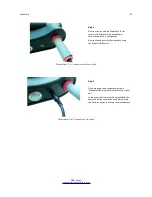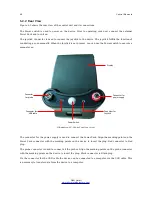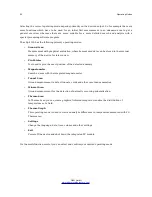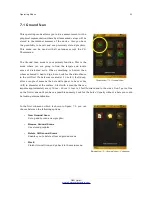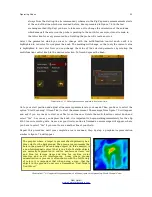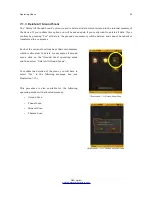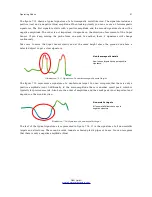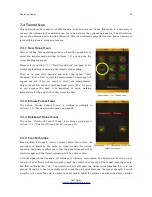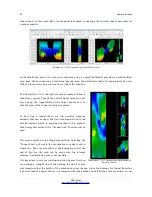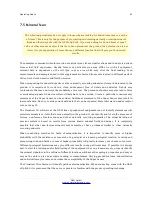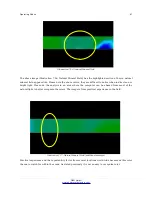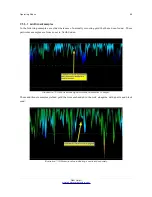
56
Operating Modes
7.2 Pin Pointer
This operating mode is used to identify and give the location of buried treasure, metals and cavities.
Therefore it is necessary to connect the Super Sensor. If you don't have the Super Sensor, contemplate
very seriously on acquiring one. This is an extremely powerful and functional antenna that can assist you
in verifying real targets. There are three basic modes in which you will use this function: pin pointing an
object, discrimination of metals, tunnel recognition and then also estimating the size of the object. The
function can also be used over freshwater from a boat. For water operations, please contact one of our
trainers at the factory to receive a more detailed use and instruction on proper operation.
In this mode there is no given manner or direction you must maintain. You can walk as you wish in every
direction. It is still important that the antenna must always remain in the same direction. This operating
mode is most effective after you have already detected a possible object and now want to know more
details about it.
The Super Sensor should point vertical towards the ground. It should not be turned or pivoted.
Now you can slowly move the Super Sensor from one side to the other above the possible object. The
Super Sensor cannot swing, it must remain in the vertical orientation. Please try to capture the complete
object, which means you should measure beyond the edges of the object. Repeat this measurement a few
times to get a clear signature of the object. There are 3 different signatures, from which you can
recognize a specific characteristic of any target.
OKM GmbH
www.okmmetaldetectors.com
Illustration 7.11: Pin Pointer
Illustration 7.12: Signature of a ferromagnetic metal target
Ferromagnetic metals
Ferromagnetic targets have a positive-
negative-signature.
Summary of Contents for eXp 4500
Page 1: ...FS Future Series eXp 4500NT Version 1 5 User s Manual ...
Page 5: ...5 9 2 Control Scans 93 OKM GmbH www okmmetaldetectors com ...
Page 9: ...1 Introduction CHAPTER 1 Introduction ...
Page 14: ......
Page 35: ...3 Technical Specifications CHAPTER 3 Technical Specifications ...
Page 39: ...4 Scope of Delivery CHAPTER 4 Scope of Delivery ...
Page 44: ......
Page 78: ......
Page 88: ......


